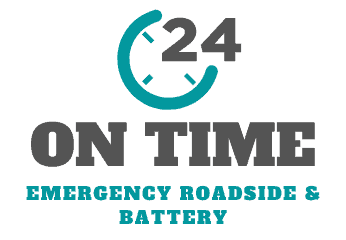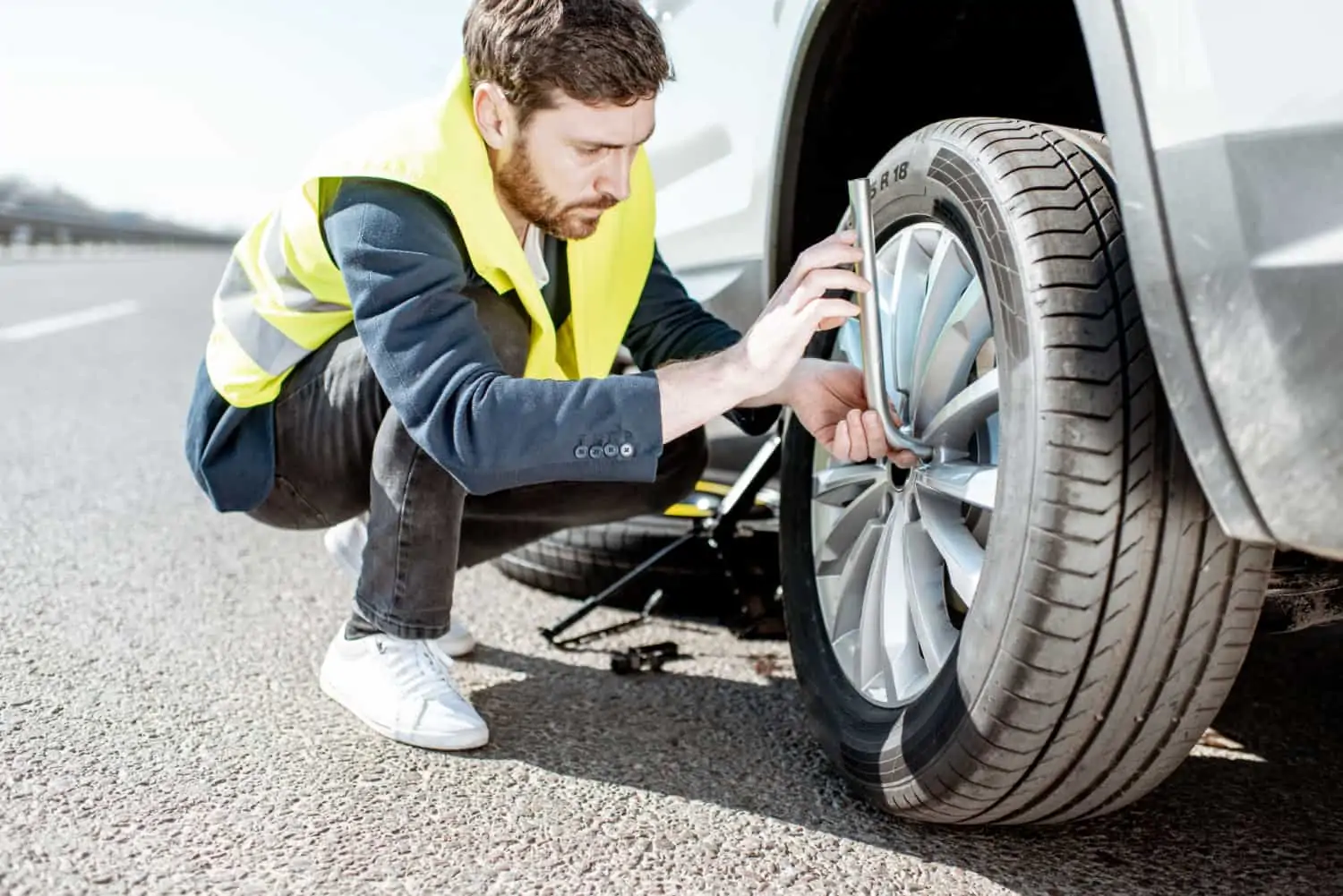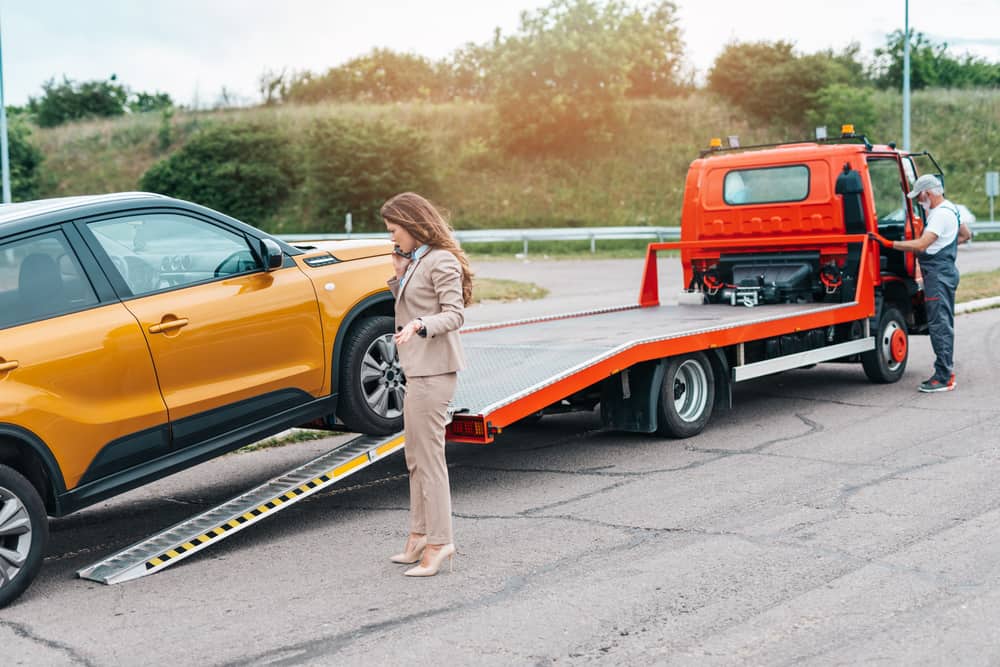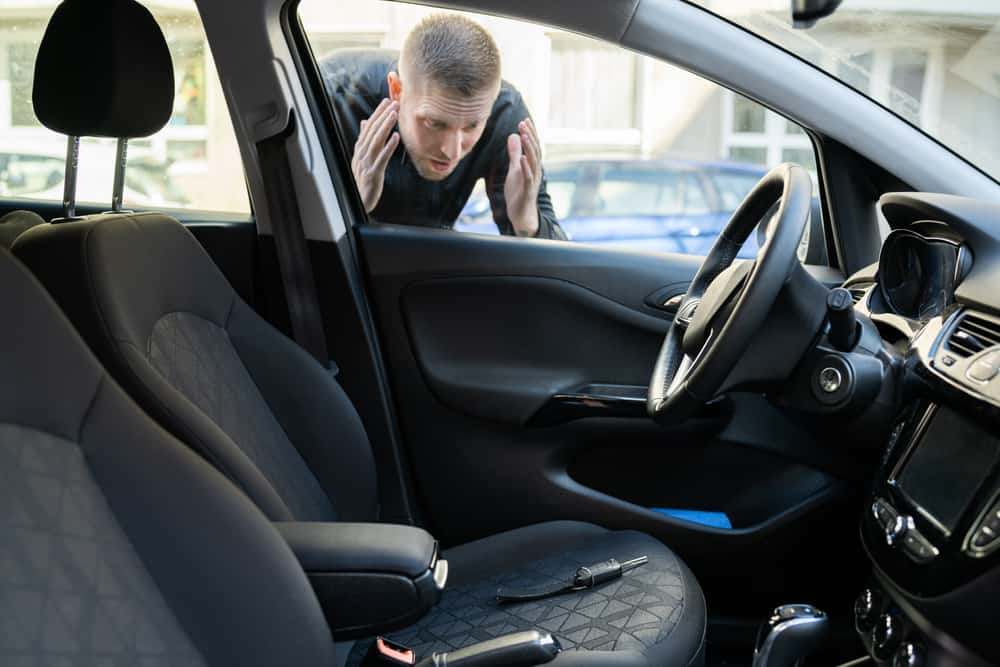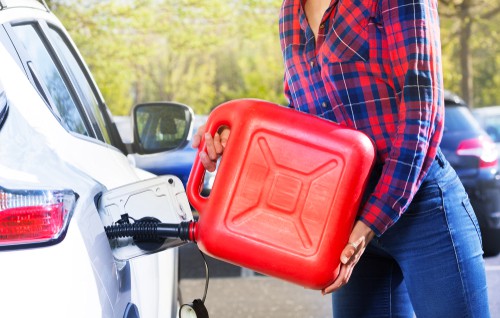Summary:
What Roadside Assistance Can Do for Your Flat Tire
Professional roadside assistance goes far beyond just changing your tire. Most services can install your spare tire on-site, often within minutes of arrival. If you don’t have a spare or it’s also damaged, we’ll arrange towing to the nearest repair facility.
Many providers also carry portable air compressors for tires that just need inflation. Some even stock emergency tire repair kits for temporary fixes that can get you safely to a tire shop. The key advantage? We have the right tools and experience to work safely alongside traffic.
Tire Installation vs. Temporary Repairs: What to Expect
When roadside assistance arrives, we’ll first assess whether your tire can be safely repaired on the spot or needs replacement. Simple punctures from nails or screws might get a temporary plug, but this depends on the location and size of the damage.
Most commonly, we’ll swap your flat for your spare tire. This typically takes 10-20 minutes once we arrive. Our technician will check that your spare has adequate pressure and isn’t damaged before installation. We’ll also inspect your lug nuts to ensure proper tightening.
If your spare is also flat or you don’t have one, towing becomes necessary. Professional services can usually determine this over the phone when you call, helping us dispatch the right equipment immediately. This prevents the frustration of waiting for a service truck that can’t actually solve your problem.
In Maricopa County’s heat, working on tires becomes physically demanding quickly. We come equipped with proper tools, safety equipment, and the stamina to work efficiently in challenging conditions. We also understand local traffic patterns and know the safest positioning for roadside work.
Why Professional Service Often Beats DIY in Arizona
Arizona’s extreme temperatures create unique challenges for tire changes. Metal components become scorching hot to touch, making DIY repairs potentially dangerous. Lug nuts can become extremely tight due to thermal expansion, requiring more torque than standard tools provide.
The desert terrain adds another layer of difficulty. Soft shoulders, uneven surfaces, and loose gravel make proper jack placement tricky. We carry specialized equipment designed for challenging conditions, including heavy-duty jacks and wheel chocks.
Safety equipment matters too. Our roadside professionals wear high-visibility clothing and carry proper warning devices. We understand how to position ourselves and our vehicles to create the safest possible work environment. In areas with heavy truck traffic or high speeds, this expertise becomes crucial.
Time is also a factor. What might take you 45 minutes in challenging conditions, we can often complete in 10-15 minutes. This reduces your exposure to roadside dangers and gets you back to air conditioning faster. Given Arizona’s heat-related health risks, minimizing time spent outside your vehicle becomes a legitimate safety consideration.
Critical Safety Steps While Waiting for Roadside Assistance
The moments immediately after realizing you have a flat tire are crucial for your safety. Your first priority is getting your vehicle as far from traffic as possible, even if that means driving on the flat tire for a short distance.
Turn on your hazard lights immediately and try to reach a parking lot, off-ramp, or wide shoulder. In Arizona, it’s often better to risk rim damage than to stop in an unsafe location. Once stopped, assess your situation before exiting the vehicle.
Positioning Your Vehicle for Maximum Safety
If you must stop on a highway shoulder, get as far right as possible. Avoid stopping on curves, hills, or bridges where visibility is limited. The triangular painted areas where ramps meet highways are particularly dangerous—never stop there.
Once positioned, keep your hazard lights flashing and turn your wheels away from traffic. This helps prevent your vehicle from rolling into traffic if struck from behind. If you have them, place reflective triangles or flares 100-200 feet behind your vehicle to warn approaching drivers.
Stay in your vehicle whenever possible, especially on busy highways. Keep your seatbelt fastened and face forward. This positioning gives you the best protection if another vehicle strikes yours. The “moth effect” causes some drivers to unconsciously steer toward flashing lights, making roadside stops inherently risky.
If you must exit to inspect the tire, do so from the side away from traffic. Take a quick look and get back inside. Detailed inspection can wait until help arrives. Your personal safety outweighs the need to assess tire damage immediately.
What Information to Have Ready When Calling for Help
When calling roadside assistance, have specific location information ready. Use GPS coordinates if possible, or provide the nearest mile marker, exit number, or cross street. Describe your vehicle’s make, model, color, and any distinguishing features.
Be prepared to describe your tire situation. Do you have a spare tire? Is it properly inflated? Can you see what caused the flat? This information helps us dispatch the right equipment and technician for your specific needs.
Keep your phone charged—consider keeping a car charger plugged in for emergencies. Many services will call with updates on arrival times or if the technician needs additional directions.
Ask for an estimated arrival time and get the technician’s direct contact information if available. This allows you to call for updates if the wait extends longer than expected. In Arizona’s heat, knowing how long you’ll be waiting helps you manage water consumption and plan for staying cool.
Finally, confirm what the service will cost upfront. Ask about payment methods accepted and whether your insurance covers the service. Having this information prevents surprises when the technician arrives and keeps the process moving smoothly.
Getting Back on the Road Safely After Tire Service
Once your tire is changed or repaired, don’t assume you’re ready for normal driving. Spare tires, especially “donut” spares, have speed and distance limitations—typically 50 mph for no more than 50 miles. Check the sidewall for specific restrictions.
Drive cautiously to the nearest tire shop for a permanent repair or replacement. Your handling and braking may feel different with a spare tire, especially if it’s a different size than your regular tires. Plan your route to avoid highways if possible.
Remember that roadside tire repairs are temporary solutions. Even professional patches or plugs done roadside should be inspected by a tire shop as soon as possible. When you’re dealing with Arizona’s heat and challenging road conditions, you want permanent repairs from qualified technicians like those at On Time Emergency Roadside And Battery Service LLC.
